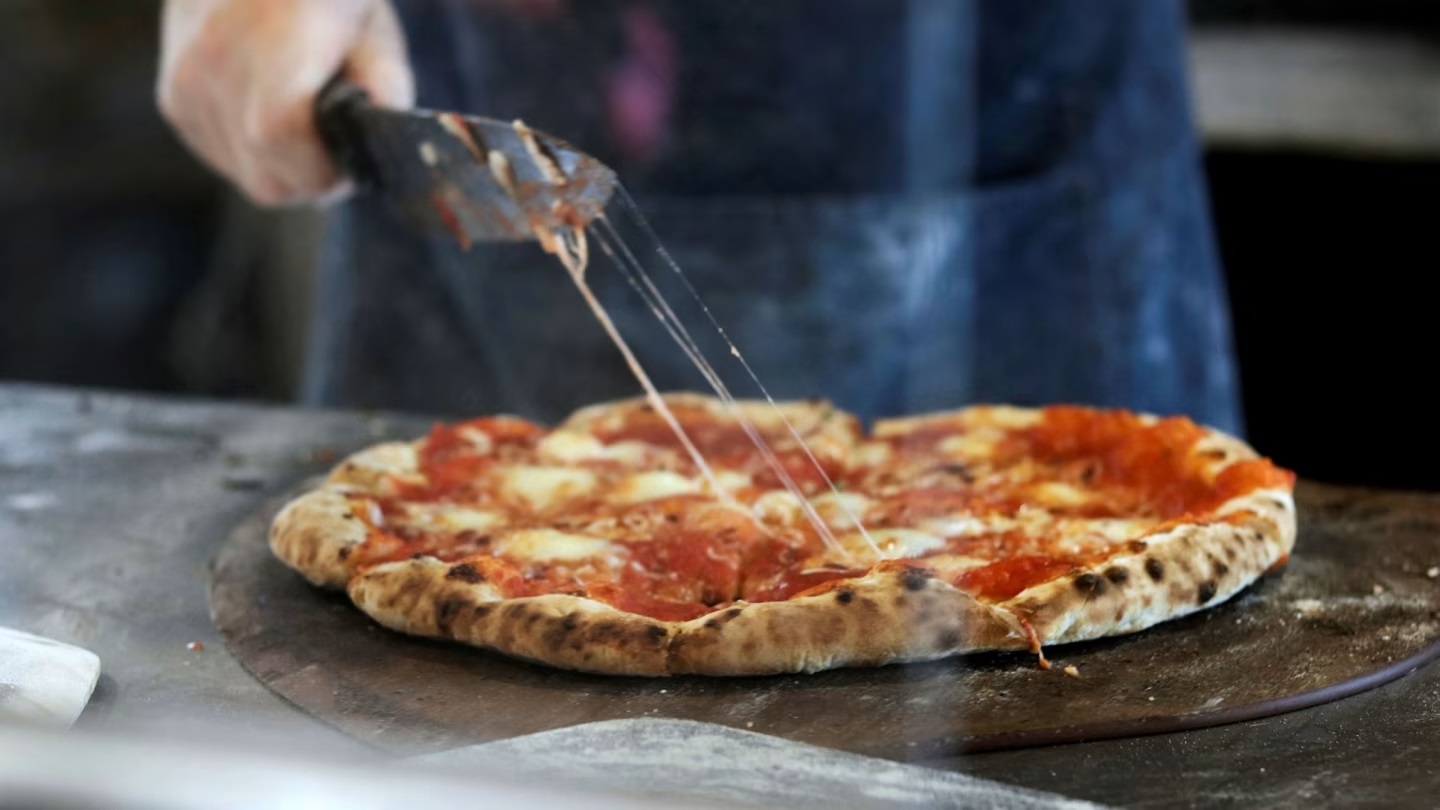Sports court surfaces are constantly exposed to the elements, which can take a toll over time. Here are some common issues that can occur on tennis court surfaces and how to address them. With proper care and maintenance, your court can continue to provide years of enjoyment.
Table of Contents
ToggleUneven surface
An uneven playing surface presents a unique challenge to athletes and must be taken into consideration when choosing the right sports court. Not only can an uneven playing surface affect sports like basketball or tennis due to bounce at the time of impact, but it also has implications with regard to injury risk.
Players may be more vulnerable to ankle sprains or twisted knees if their feet are forced to compensate for the uneven ground. It is critical for any court’s surface to remain even and safe for players in order to ensure serious gameplay and competition.
Cracks and divots
For sports enthusiasts, having a sports court in backyard in Utah can significantly increase the value of their property.But owners of sports courts in Utah need to be aware that, due to its arid climate, the sports court surface may become susceptible to cracks and divots over time. It’s important for backyard sports court owners in Utah to stay on top of maintenance and repairs, as all it takes is one thick root or hard hit from an object, and significant damage can occur.
Color fading
Another issue that may arise with time is the color fading of the sports court surface. Color fading is not only a cosmetic issue; it can also cause slippage and unsafe playing surfaces if left unchecked. UV rays, rain, and snow combined with regular wear and tear from gameplay are all factors that could lead to discoloration or fading over time. It’s important to apply a court sealer to protect against the elements and keep the color of the court looking vibrant.
Poor drainage
Poor drainage is an all too common problem on sports courts, including tennis courts, which can cause significant problems. Not only can it make the court slippery, but it may also lead to unwanted grass or other vegetation growing on the surface of the court. To remedy this issue, you’ll need to confront the source of the problem by installing drains or French drains around the perimeter of the court.
Additionally, adding a layer of sand or gravel can help water disperse more evenly and keep the court in top shape.
Surface wear
Over time, any used sports court will start to show signs of aging through damage or wear and tear. For example, a well-used tennis court can accumulate a lot of surface damage from extended use and require more frequent resurfacing in order to keep the court looking its best. This can be done by applying an acrylic paint or polyurethane coating over the existing layer, which not only prolongs life but also improves play quality. Proper maintenance of the hard court is necessary for preserving the physical condition of the playing surface, making it safer for those that use it.
Although a concrete sports court may seem like a cost-effective option at first, you will likely end up spending more in the long run due to repairs and resurfacing. A synthetic turf field is a better investment because it will last longer and require less maintenance. If you are interested in installing a synthetic turf field, we can help you find the best product for your needs.











